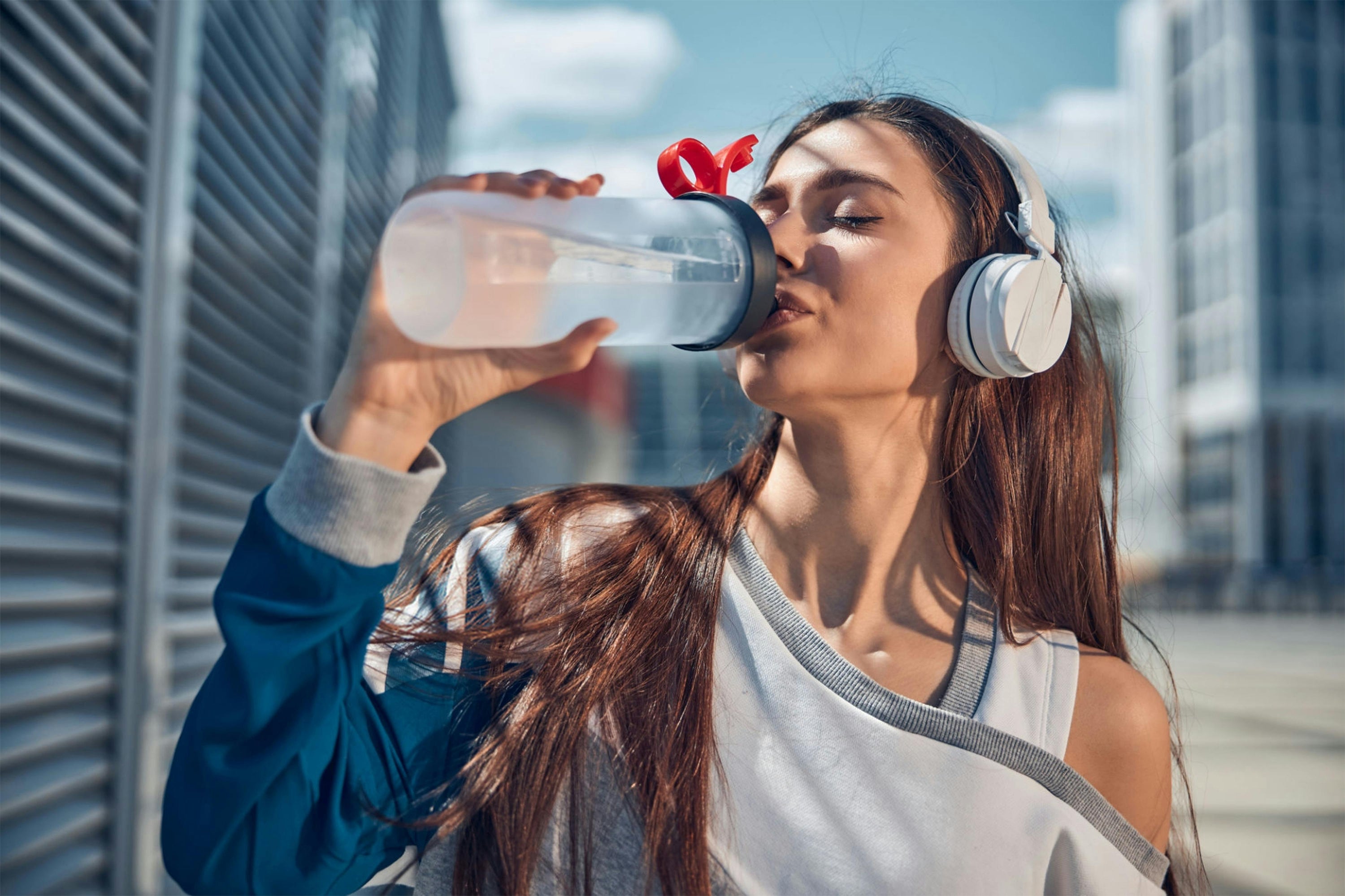Never without my Water Bottle!
- High Five! Then you won't suffer from dehydration after all! :)
But let's do a health check on your water bottle. In the worst case, the eternal favorite bottle can do more harm than good.
Article taken and translated from: poosh.com Photo by Наталья Хоменко, Pexels
Shaun Veran is a microbiologist, COO and co-founder of OURA , a brand focused on creating products designed to inhibit the growth of microbes*, thereby contributing to a cleaner and more hygienic environment for its users.
Shaun wants everyone to know that while water bottles may only contain water, they get dirty quickly. Quite surprisingly fast.
- Microbes can come directly from the water, but most microbes come from the person drinking the water. Every time we take a sip, we introduce new microbes from our mouth and skin, which ultimately contributes to a bacterial cocktail in the water bottle, he explains.
The most common microbes transferred from our skin and throats are Staphylococcus and Streptococcus, which Shaun says can lead to skin and respiratory infections.
- Water bottles can also collect various microbes from the environment - air, dust and contact surfaces. These stick to the outside of the bottle and eventually enter the bottle, Shaun continues. He reminds everyone to “daily” clean and disinfect our hands, otherwise “faecal bacteria like E. coli can also find their way into… just that; the water bottle.
According to Shaun, variables such as usage rate, cleaning frequency and water bottle material determine how "dirty" a specific water bottle gets. Another factor that can also affect how quickly microbes multiply in your water bottle is what you put in it .
- Bacteria can grow in many environments, but if we also add a drink with sugar in the water bottle, the sugar accelerates the growth even further.
But you think, is everything dangerous these days? We are overwhelmed by knowledge from all sides and corners. These truth bombs can feel like an additional pointer. But Shaun assures that there are simple remedies to the problem.
Here are microbiologist Shaun's five tips for keeping your water bottle clean:
- Daily cleaning Remember to clean your water bottle daily - like washing a drinking glass or dinner plate. Daily cleaning of your bottle prevents the build-up of bacteria. And if you've filled the water bottle with anything other than water, it's even more important to thoroughly clean it after each use. Be sure to use warm, soapy water and a brush. Alternatively, you can use a dishwasher if your bottle is dishwasher safe.
- Disinfection You should disinfect your water bottle every week. All you need is boiling water. Take the hot water, pour it directly into your bottle to the top and let it sit for three to five minutes before pouring it out. It will kill everything inside the bottle.
- Drying time Open the bottle and let it air dry completely, because bacteria thrive in moisture, the bottle needs to be dried dry.
- Cleaning brushes designed for straws and bottles Get to all the nooks and crannies (this is especially true for bottles with straws or complex lids) inside the rubber lip, along the cork and inside the straw or mouthpiece. These areas are often full of bacterial build-up.
- Choose wisely Choose durable materials such as stainless steel or glass, which are easier to clean. Materials like these are a less inviting environment for bacteria to multiply on.




